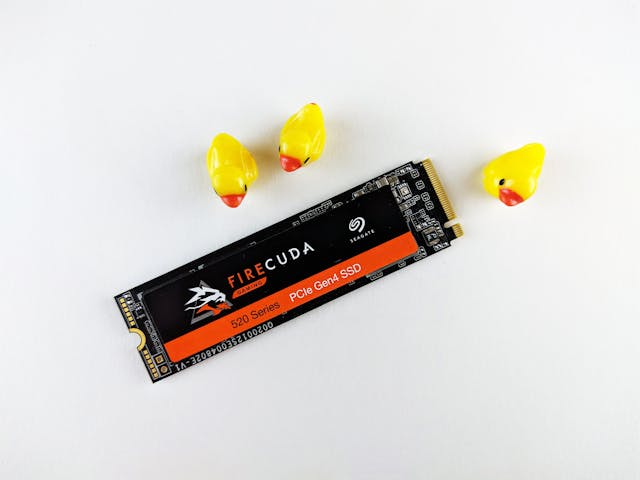NVMe vs. SATA: Which SSD Technology Is Faster?
NVMe vs. SATA III
NVMe and SATA III represent two different generations of storage technologies. For instance, the Samsung 860 Pro, a 2.5-inch SSD, operates on SATA III, offering a maximum sequential read speed of 560 MB/s. In contrast, its successor, the NVMe-based 960 Pro, boasts speeds exceeding 3,500 MB/s, showcasing the significant performance leap provided by NVMe. SATA III refers to the third iteration of the Serial ATA computer bus interface, used by traditional SSDs. On the other hand, NVMe serves as the host controller interface for more advanced SSDs, offering higher speeds and lower latency. While both terms are commonly used to distinguish between older and newer storage technologies, it's important to note that NVMe and SATA III are not interchangeable—they represent distinct technologies with different performance capabilities. The reasons behind using the terms "SATA III" and "NVMe" to compare these technologies will be discussed further later on. In 2000, SATA replaced the older Parallel ATA standard, offering faster connections and significantly improved performance. SATA III was introduced eight years later with a maximum transfer rate of 600 MB/s. SATA III components require a specific connector for laptops and a particular cable for desktop PC motherboards. After connecting a drive to the computer via SATA III, it still needs a host controller interface to communicate with the system. AHCI is the most common interface for SATA III drives to communicate with a computer system. While SATA III and AHCI performed well for many years, including during the early days of SSDs, they were optimized for high-latency rotating media, not low-latency, non-volatile storage like SSDs, as explained by a representative from drive manufacturer Kingston.What Is PCIe?
On a motherboard, the locations of the PCIe slots are easily identifiable. These slots typically come in various configurations such as x16, x8, x4, and x1, denoting the number of lanes available for data transmission. The higher the number of lanes, the greater the amount of data that can be transferred simultaneously, which is why graphics cards typically utilize x16 slots. Additionally, there is usually an M.2 slot located below the top x16 slot. M.2 slots can utilize up to four lanes, making them x4 slots. The primary PCIe slots in a computer are directly connected to the CPU to ensure optimal performance. The remaining PCIe slots are connected to the chipset, providing a fast connection to the CPU but not as fast as the direct connections. Currently, there are two generations of PCIe in use: PCIe 3.0, which is the most common, and PCIe 4.0. As of mid-2019, PCIe 4.0 was recently introduced and was only supported on AMD's Ryzen 3000 processors and X570 motherboards. PCIe 4.0 offers increased speed compared to PCIe 3.0. However, most components do not yet fully utilize the maximum bandwidth of PCIe 3.0. Therefore, while PCIe 4.0 offers impressive performance improvements, it is not yet essential for modern computers.
https://fleetfoundation.com/2024/02/25/nvme_vs-_sata_which_ssd_technology_is_faster/
